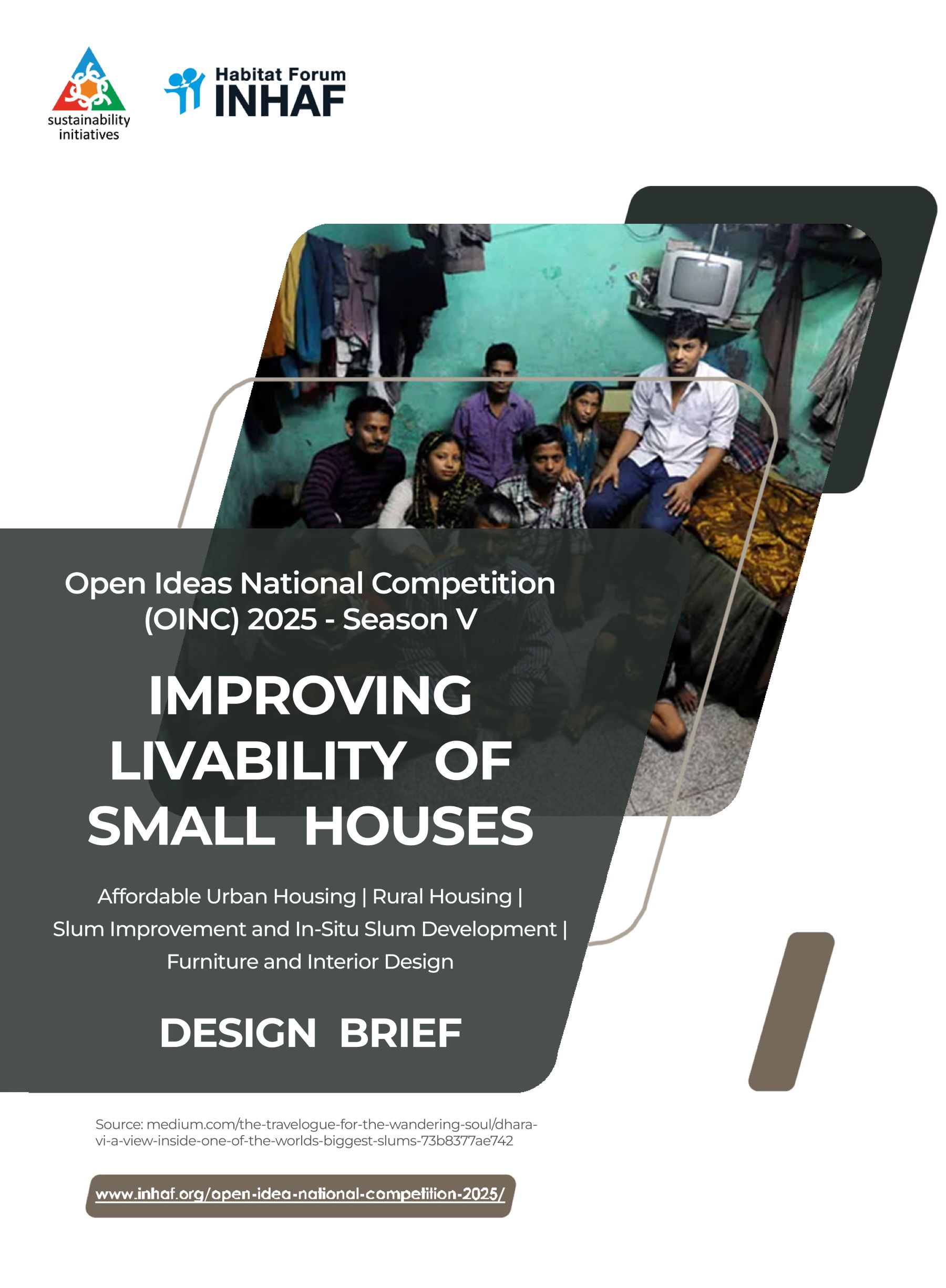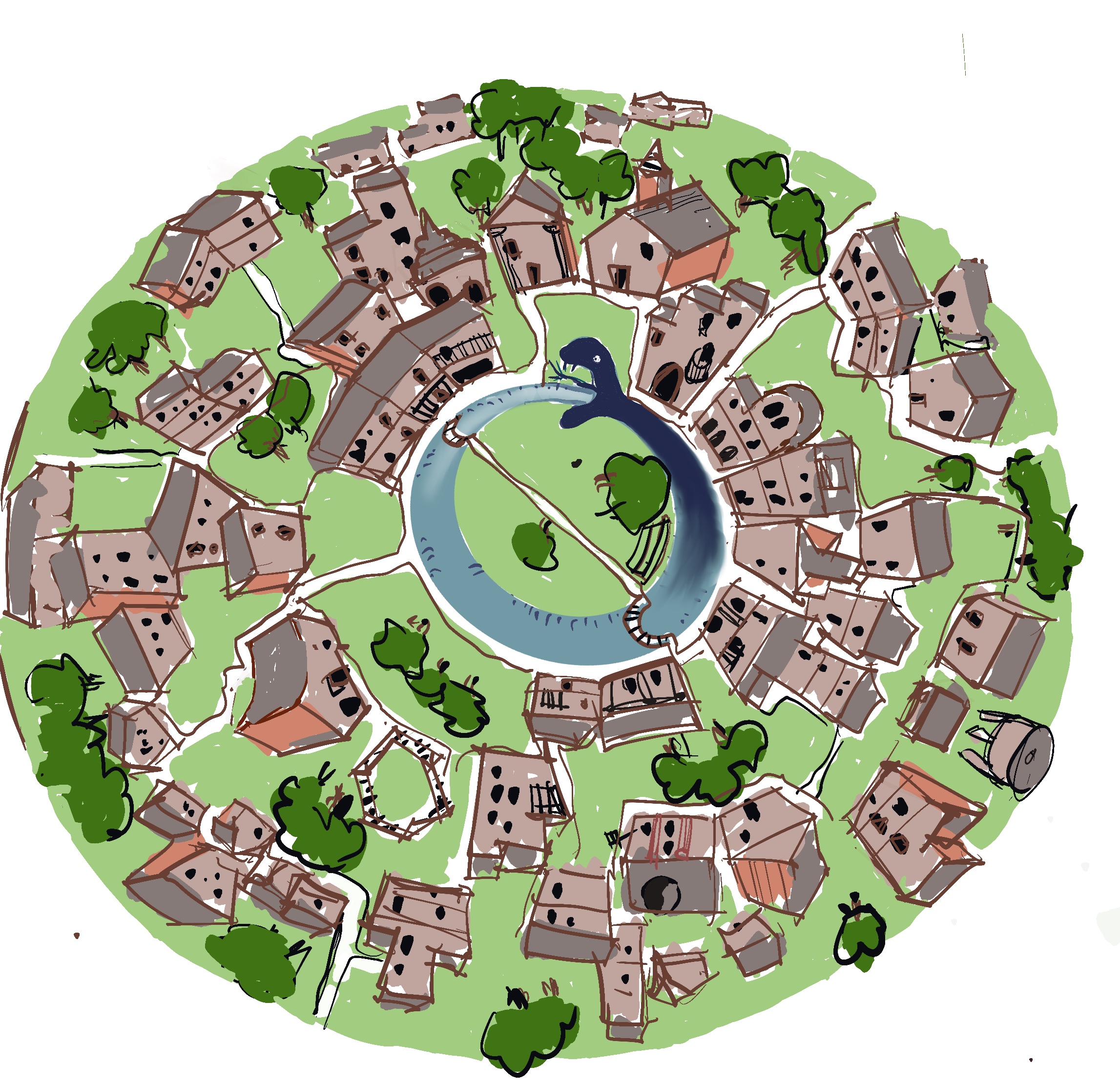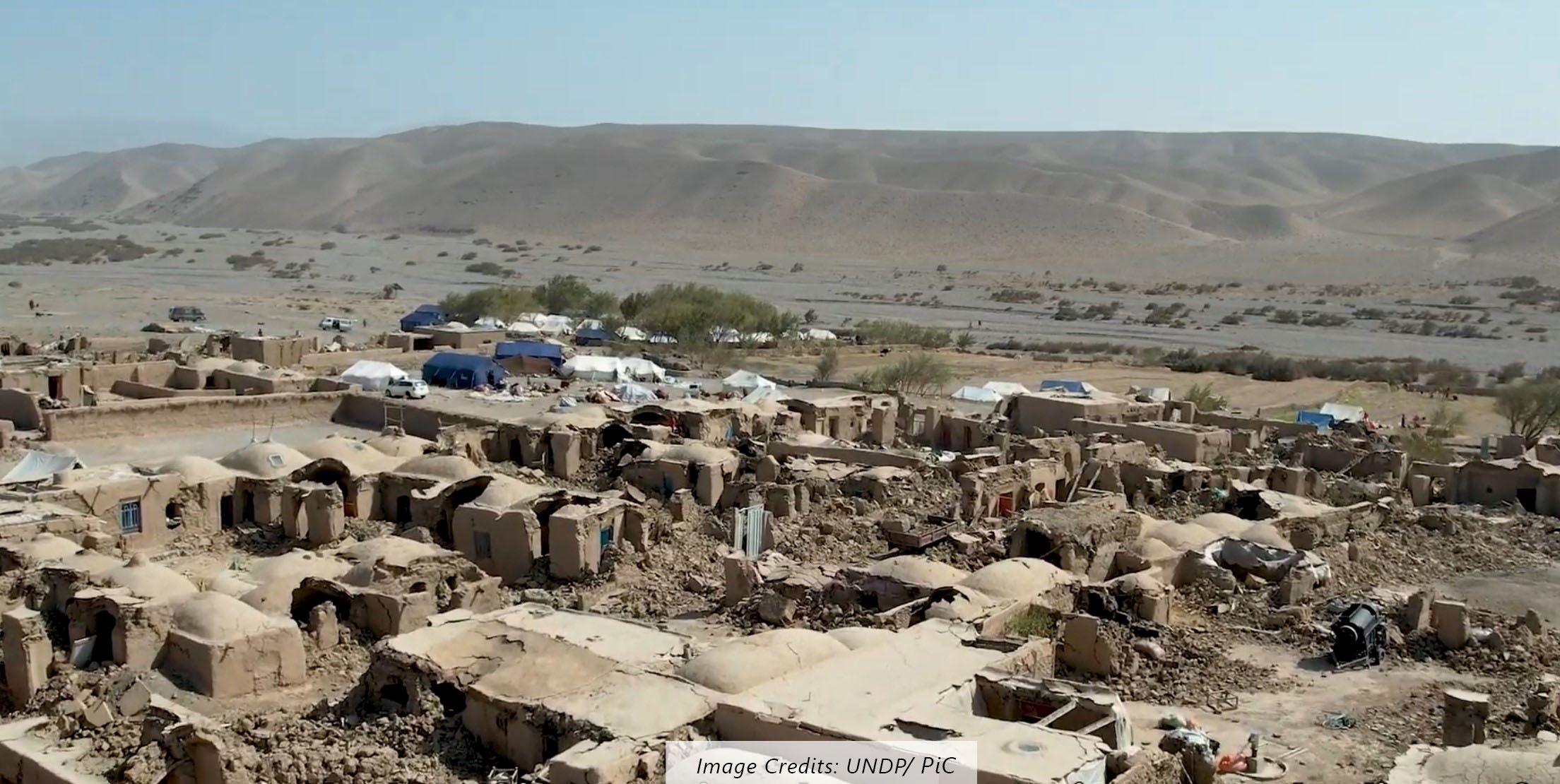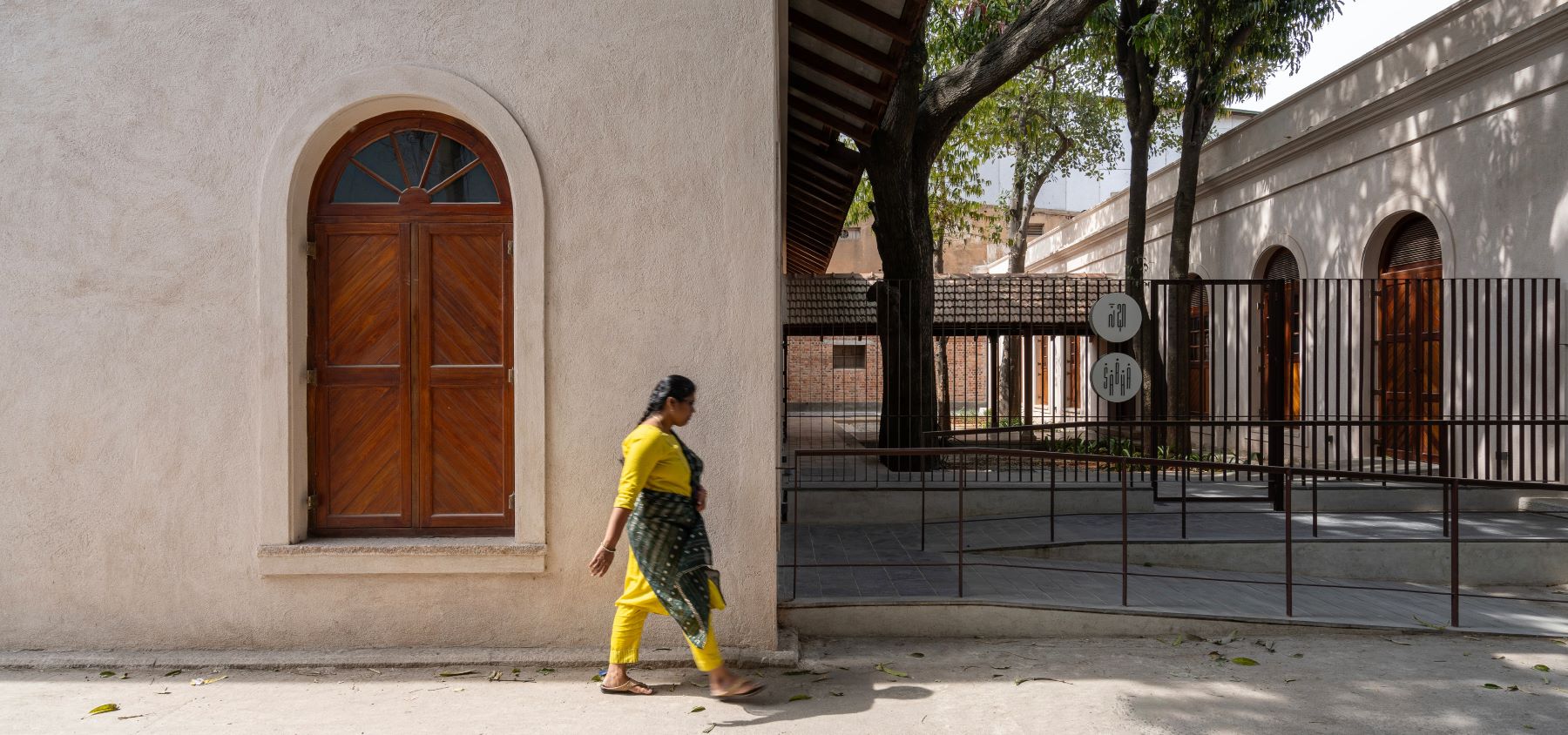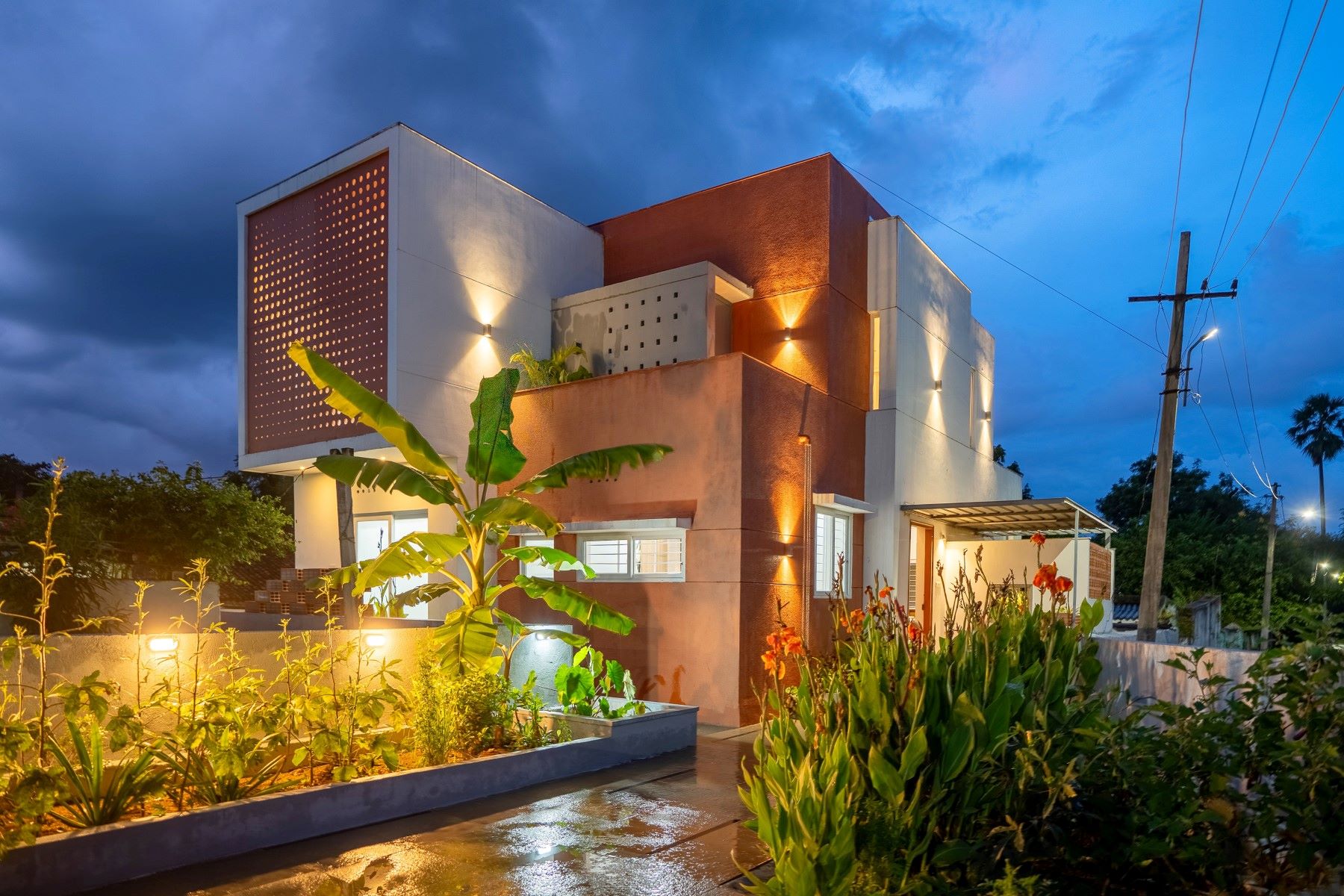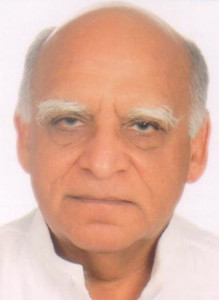 Anil Kumar is an architect and a full time educator, presently working as Director at Gateway College of Architecture, Sonepat, Haryana. He has also been on a number of committees of the Council of Architecture, India and other allied organisations contributing immensely to the education and the profession.
Anil Kumar is an architect and a full time educator, presently working as Director at Gateway College of Architecture, Sonepat, Haryana. He has also been on a number of committees of the Council of Architecture, India and other allied organisations contributing immensely to the education and the profession.
Following are the views by Anil Kumar, on Architecture Education
AL: Architecture Profession has changed over the last decade. New technology, new materials and new skill sets have emerged and posed the new challenges for architecture education in India.
In your view, what steps should educators and architecture institutes shall take to prepare students to meet the expectations of the profession and the new challenges?
AK: While there has been a perceptible change in the profession, the education of architecture is still stymied. The causes could be: there is no direction; the vocation is still in the hands of those who detest change; there is confusion in the level of inputs of ‘theory’ and ‘practice’. The changing inputs of technology, building and practice economics and the dynamics of practice require a strong restructuring of the foundation – the undergraduate programme. This will not happen till there is a stronger academics-practice interlocking.
First: Go digital – the whole world is; Second: Train your teachers – they may be architecture graduates or masters, but they are not teachers till taught the intricacies of teaching; Third: Have as much interaction with the field as possible; Fourth: Let the ‘good’ schools lead by guiding the new ones (the new schools should take the initiative instead of standing on egos).
AL: Teachers expect students to be creative and innovative, in what ways do you think even teachers can innovate and be creative within the framework of syllabus and guidelines provided by the Universities and the Council of Architecture?
AK: Systemize the methodologies – prepare teaching programmes, lesson plans etc after intensive brain storming and research – involve both young and senior teachers. Create more extra mural avenues for creative and innovative outputs besides the regular course work and make these mandatory.
AL: You think modern architecture is losing its social conscience? If yes, how can institutes and educators make students aware of their social responsibility?
AK: There is an apparent lack of moral values in the students. It is difficult, at this age to re-mould them, but with extensive drumming in both words and actions it is possible to instill social and moral values through discipline and strict systems.
AL: Please share your message for Architecture Educators.
AK: Don’t take teaching as a job, take it as a mission. You have the future of all those youngsters in your hands and through them that of the country.

